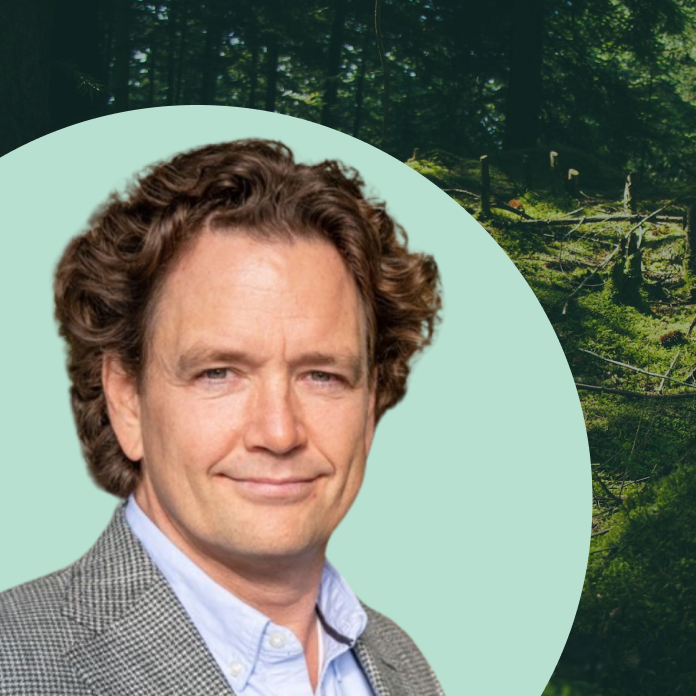Pale Blue Dot – A fund focused on early companies reducing the impact of climate change

What led to the decision to launch Pale Blue Dot with such a climate-focused focus?
It is a given to most that we need to invest a great deal of time and resources in the climate crisis in order not to risk the greatest suffering in human history. There have been climate funds before, but most are a little too much “impact” (ie not particularly focused on technology, business and scale) or “cleantech” (ie infrastructure or lab). Our background is in digital technologies that can scale extremely quickly and at little cost. To meet the climate crisis, we must have “exponential solutions”. We have made many investments and some in the sector and felt that we could add something with our experience.
How do you view investments in early companies in general – what are the main criteria?
We invest in companies that attack climate problems and that can also become large, international companies. The latter requires product companies with margins over 50% and great defensibility, which can come from network effects or complex technology that is difficult to “copy”. Then we also look at how unique the idea is, both because the product should add something to the climate but also to have a chance to build a large company. The companies we invest in have the maturity to use five to twenty million kronor to accelerate. This almost always means that they have a strong team, at least an early product or prototype and customer relationships.
In which areas do you see the greatest opportunities for companies to make a difference?
There are so many areas that need to be changed: energy, heating and cooling, food, transportation, clothing, construction and so on. A lot is happening in plant-based food, energy production and electric transport. However, there is a lot missing in energy storage, heating and cooling, and construction. All tend to be very expensive to innovate in because they often need new processes, investments in production, new materials, new laws or certification, all of which are very slow and expensive. I think a completely new way of thinking and new incentives are needed to make these move faster.
How do you see the connection between environmental and financial sustainability?
You can see it as a Venn diagram: only environmentally sustainable or only financially sustainable, or both environmentally and financially sustainable. And of course there are companies in all three. And, in environmental sustainability, there are those that are “less bad” than current alternatives (eg biogas instead of diesel), neutral (ie no negative effect) or positive (eg reducing forest fires or “sucking down carbon dioxide from atmosphere ”).
Is it possible to combine environmental and financial sustainability?
Yes, we have invested in five companies and are closing investments for four more, all under six months, all of which are in a positive effect on the climate and which we believe can build companies over a billion in valuation.
In addition to the companies you are looking for helping to solve the problem of the climate issue – what else are you looking for?
There must be very strong teams that we think should be the leaders of the future. We are in the climate crisis partly due to the “wrong people” being in power and prioritizing financial growth over sustainable growth. The leaders of the future must have gender equality, strong leadership and communicative ability to be able to build good companies.
Which is the most promising company you have seen so far that works with solutions in the climate issue?
It’s a bit like saying which of your children do you like the most.
Thank you Hampus and Pale Blue Dot – they will be exciting to follow you and the companies you invest in!


